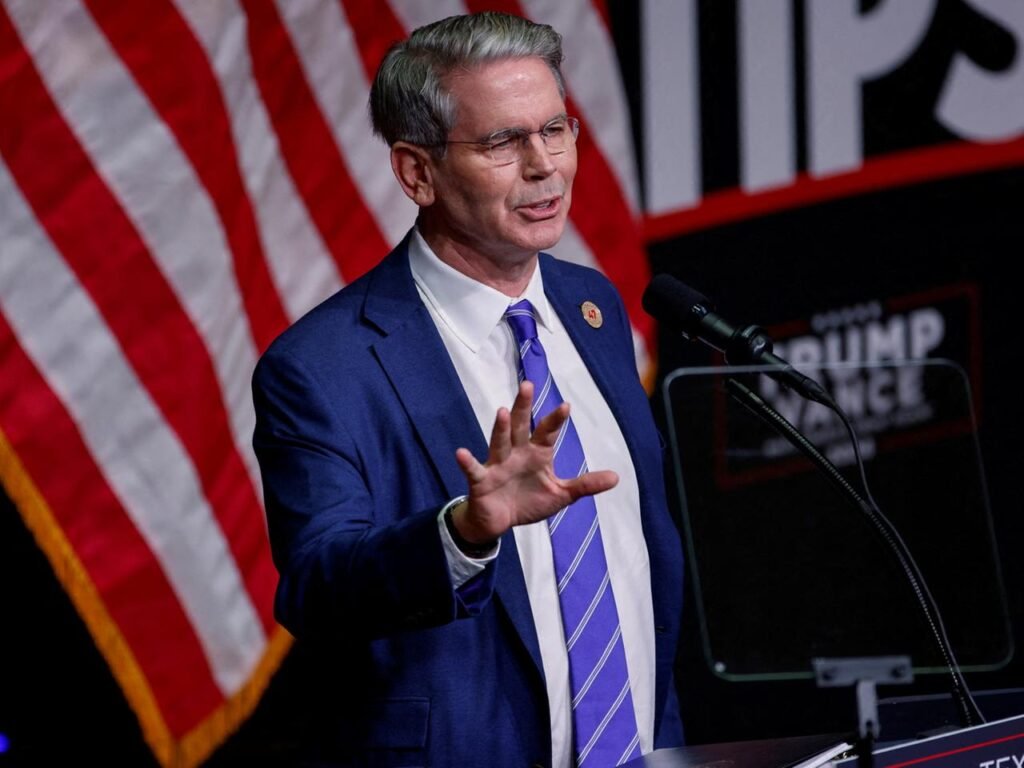On July 18, 2025, President Donald Trump officially signed the GENIUS Act into law, marking a major milestone in U.S. crypto regulation. The bill, which passed the House with a 308–122 bipartisan vote and earlier cleared the Senate, establishes the first federal framework for U.S. dollar–pegged stablecoins .
Under the new law, stablecoin issuers must hold 100% backing with liquid assets—like cash and Treasury bills—and publish monthly reserve reports. Trump praised the move as a push toward innovation and broad adoption of instant, low-cost payments. Analysts project that the stablecoin ecosystem, currently valued at over $260 billion, could expand to $2 trillion by 2028 .
-
Broader participation: The Act explicitly allows banks, tech giants, and retailers to issue stablecoins—names like JPMorgan, Citi, Walmart, and Amazon are now potential issuers .
-
Regulatory clarity: Oversight transitions to a stronger role for the CFTC, aimed at ensuring consumer protection and financial stability .
-
Mainstream integration: Trump noted that this legislative clarity will accelerate adoption of digital payments and encourage innovation across sectors .
-
Crypto equities: Shares in stablecoin-adjacent and crypto-financial firms saw positive moves following the signing .
-
Crypto sentiment: Institutions and retail investors now have a clearer path to engage with stablecoins, bridging traditional finance and digital assets .
-
Stable infrastructure: Reserve requirements and regular disclosures build a foundation of trust among users and regulators.
-
Pro-innovation environment: The law aligns with similar global trends, creating fertile ground for institutional investment and fintech integration.
-
Oversight vs competition: Critics worry the framework could favor large players (banks, tech companies) over decentralization and smaller innovators.
-
Global ripple: With the U.S. adopting a clear federal standard, other countries may follow suit, shaping worldwide stablecoin regulation.
The GENIUS Act’s enactment marks a new era in U.S. crypto policy—setting a stablecoin standard that balances innovation, adoption, and regulatory oversight. It’s a signal that stablecoins are moving from niche tools to mainstream financial building blocks.





